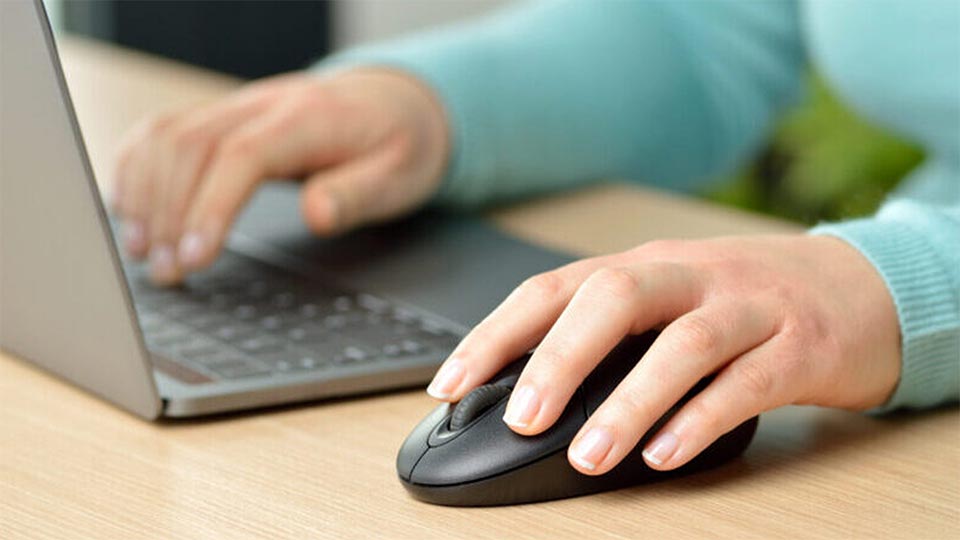Everyone has a hand that they prefer to use when doing almost anything in life, our dominant hand. We subconsciously use this hand because it’s comfortable and feels natural. If you try to use your nondominant hand, it just feels awkward and it can be frustrating. But there’s value in practicing using your nondominant hand, especially while you’re working.
Using your nondominant hand can help you avoid developing a repetitive strain injury (RSI).
Also called repetitive stress injuries, RSI is a general term, referring to different musculoskeletal and nervous system disorders. The major causes for an RSI are repetitive movements and overuse of an isolated muscle group, and work demands can make it challenging to prevent an RSI from developing.
Look at where your devices are on your desk, like your mouse, phone, writing pad and pen, and number pad (if you have one). Are these placed in a way that encourages only your dominant hand to use them?
Having your work tools arranged in this way, relying on your dominant hand for every task, can lead to RSIs. For office workers, wrists and hands were at the top of the list for discomfort and injury—and typically, it is a worker’s dominant hand that suffers the consequences.
One needs to be aware if any slight discomfort begins so they can be proactive in preventing it from worsening. Using your nondominant hand for more tasks will help, like when working at your desk.
Try mousing with your nondominant hand. Most standard mice can be used for either hand, but there are also hand-specific mouse options available. You may need to change the computer mouse settings so that your pointer finger is used for the primary button. Start slow and work longer each time until it becomes comfortable. Switch off hands throughout the day, if needed.
Here are some tips to train your nondominant hand:
- If your job requires number pad usage, purchase a keyboard without one and a separate number pad so it can be moved around the desk for use with the nondominant hand, when needed.
- Place your phone on the side of your desk for your nondominant hand, and answer the phone with that hand.
- And if you’re feeling brave, practice writing with your nondominant hand.
Overworking the dominant hand doesn’t just happen at your desk—RSIs can develop from other activities like cooking, cleaning, doing outside chores, and many other things.
Be aware and be proactive of the strain you may be putting on your dominant hand, and give your other hand a chance.
